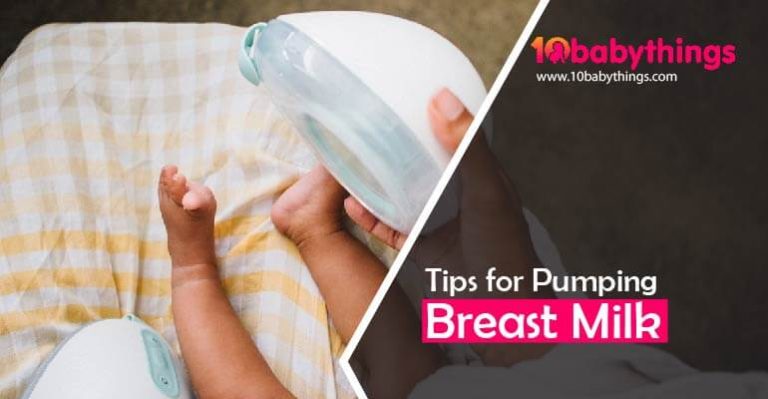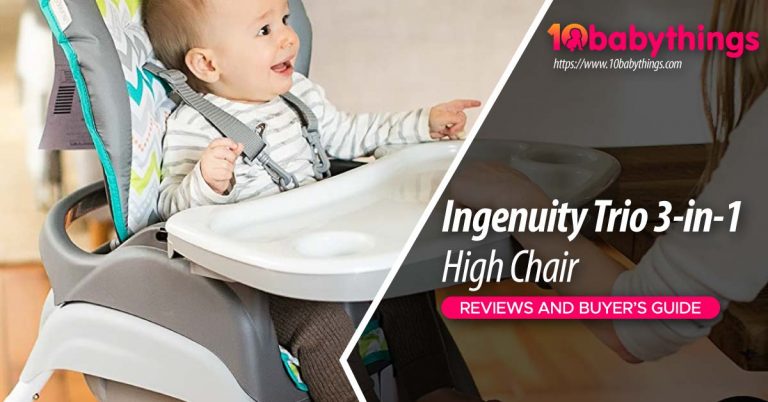Exclusively Pumping: What You Need to Know

Is it possible for you to breastfeed your child even if you are not physically or mentally capable of doing so? Excluding pumps solves that problem. Your baby can benefit from exclusive pumping since you do not have to put them at your breasts.
EPing and breast milk feeding are also terms used to describe exclusive pumping. During the day, breast milk is removed from your breasts repeatedly at regular intervals. A bottle, tube, or alternative method can then be used to feed your baby that milk.
However, exclusively pumping for a long time can exhaust you and make your baby sick.1 Of course, the longer you can supply your baby with breast milk, the better.
Here are some reasons why you might want to pump exclusively
Feeding your baby how you like is a personal choice and you shouldn’t feel guilty about it, especially if you exclusively pump. Whether you’re sneaking away from your family or friends to pump every few hours or not, you’re not alone.
- There are several reasons why women pump:
- Baby born prematurely, with a low birth weight, or in the hospital
- The above problems are caused by problems with latching (e.g., refusal to latch on, shallow latch, difficulty latching, too much sleep, cleft palate, tongue tie, lip tie, inverted nipples).
- Multiples and twins
- Lack of support or early breastfeeding problems
- Mother-baby separation
- Feed the baby (and return to work early)
- Histories of sexual abuse
- Breast-feeding discomfort
- Monitor and schedule baby’s milk intake
- Anxiety
When exclusively pumping, how much milk should you produce?
The amount of milk your baby consumes each day depends on her needs. Increasing the number of times you pump will be necessary if your milk supply drops.
Family planning and exclusive pumping
Exclusive pumping and exclusive breastfeeding are not the same when it comes to preventing pregnancy. If you are pumping while exclusively breastfeeding, then the lactation amenorrhea method (LAM) may work, but it does not work with pumping.
It is therefore important that you and your partner use another method of contraception if you do not want to become pregnant again right away. If you are exclusively pumping, please let your doctor know. Birth control pills containing estrogen can decrease milk production because they contain estrogen.
Pumping breast milk: how much to pump
Every time you pump, try to pump as much as possible. Afterward, place breast milk in bottles or containers according to how much your child consumes each time. Compared to older children, newborns consume less breast milk per feeding, but they eat more frequently.
- Your baby’s colostrum can only be collected within the first few days after birth. Breast milk starts with colostrum. A tiny amount is all your baby needs since it is concentrated and very nutritious.
- It should take you no more than two to three ounces in a 24-hour period after the first week. A person with twins will need double this amount, a person with triplets will need triple this amount, etc.
- The amount of water you need per day will increase from about 24 to 32 ounces after about one month.
- As your baby grows and matures, it will need more than 36 ounces of fluid each day by the time they are six months old.
A bottle-fed baby is more likely to be overfed. Don’t give your child more than he or she needs every day and in every bottle.






